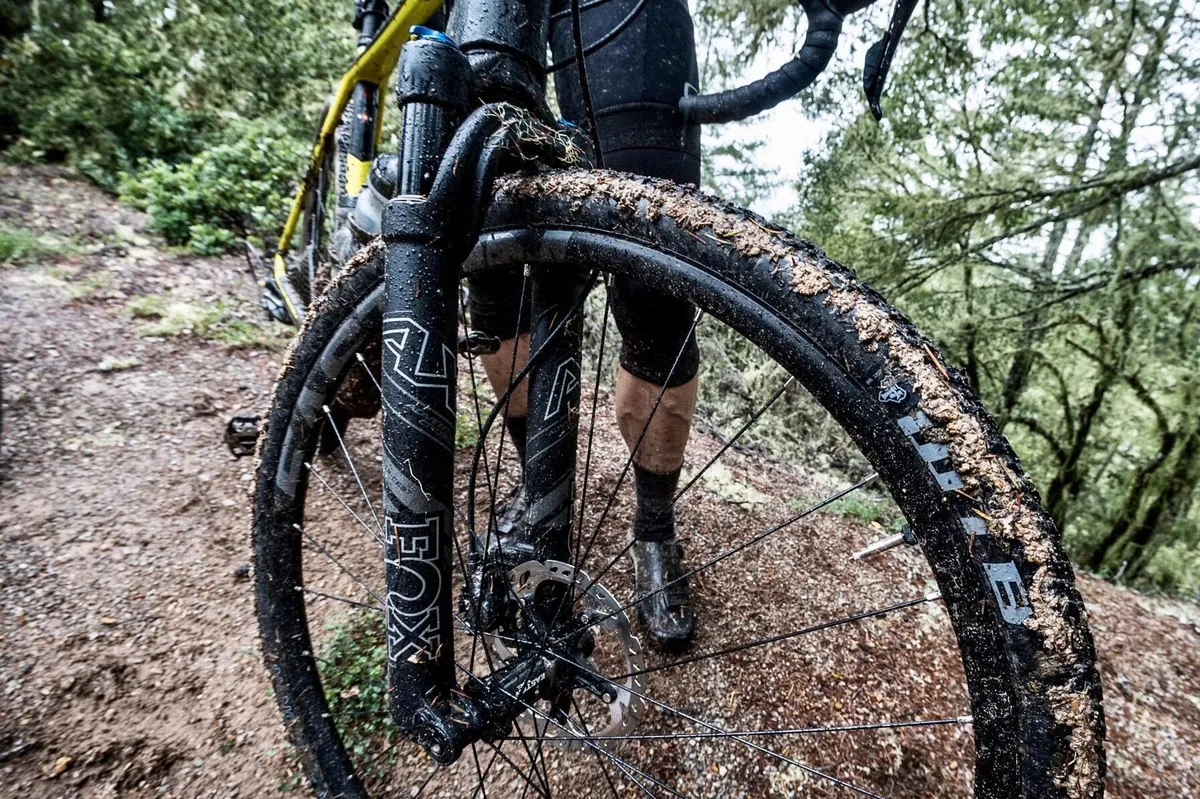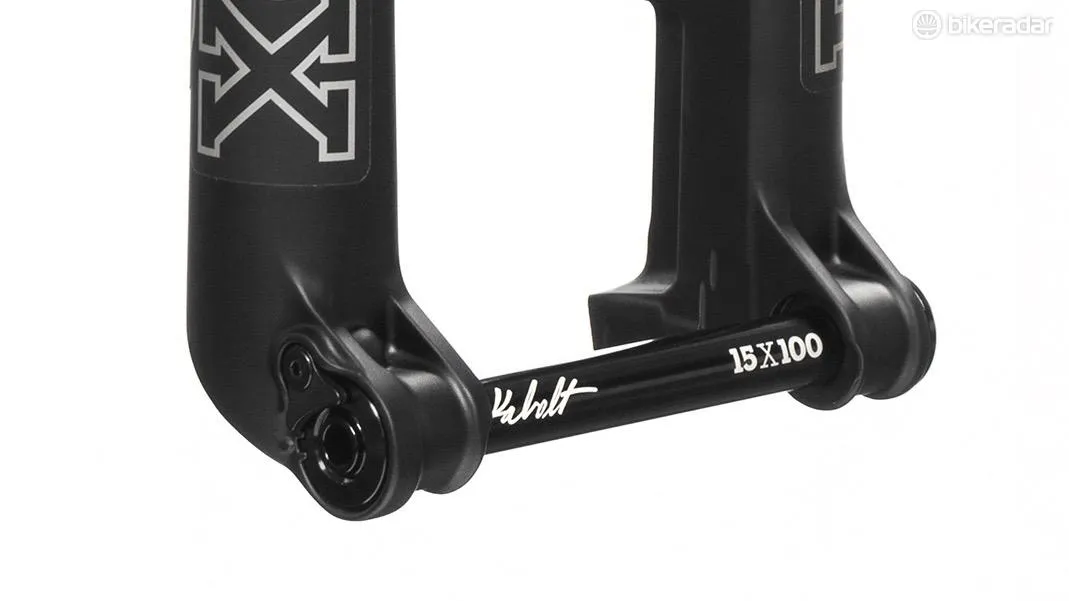With nearly 40 years of suspension engineering, Fox Racing Shox created the new AX gravel suspension fork with 40mm of travel, and with it, prompted a question from the cycling community: where exactly does this drop-bar suspension fork fit in? I spent a day riding the three-position compression-damped fork in Big Basin State Park in central California to find out.
- Easton EA70AX first ride review
- Lauf Grit aims to take the edge off gravel riding
- A closer look at X-Fusion's prototype gravel fork
Basic information on the Fox AX fork was leaked a few weeks ago to some backlash questioning the ‘need’ for such a product. Initially, I was in the same camp; I’ve been riding gravel for nearly 20 years in the US Midwest, and I’ve never needed a suspension fork.
However, riding the steep terrain in Big Basin — getting nearly 4,100ft / 1,250m of climbing in 28 miles, I quickly realized that we weren’t really talking about gravel as I knew it, we’re talking about something different. I’d call it mixed terrain.

Fox AX Fork highlights
- 40mm travel
- 3lb / 1.36kg claimed weight
- 3-position compression damping (open, medium, and lockout with blow-off)
- Micro adjust for open mode
- Built on a re-purposed Fox Step-Cast 27.5” chassis
Before we get to the meat of Fox’s latest model, let’s address the fact that this may very well not be suitable for your backyard. For most of the gravel I’ve ridden in the past two decades, it’s not suitable for my local rides. But now that I’ve ridden such a beast, I’m already rethinking roads and trails I’ve previously skipped because I was under-biked.
This new fork isn’t really built for gravel as most of us know it – it’s for expanding the capabilities of your existing gravel bike. This means you might be tying new roads together with singletrack that you’d otherwise ignore, without much penalty in terms of weight or efficiency.
I was delighted to hear the Fox team talk about the AX fork testing the waters of what riders really want. It’s not refined in form, but good function is what you’d expect with any product bearing the Fox tail logo.
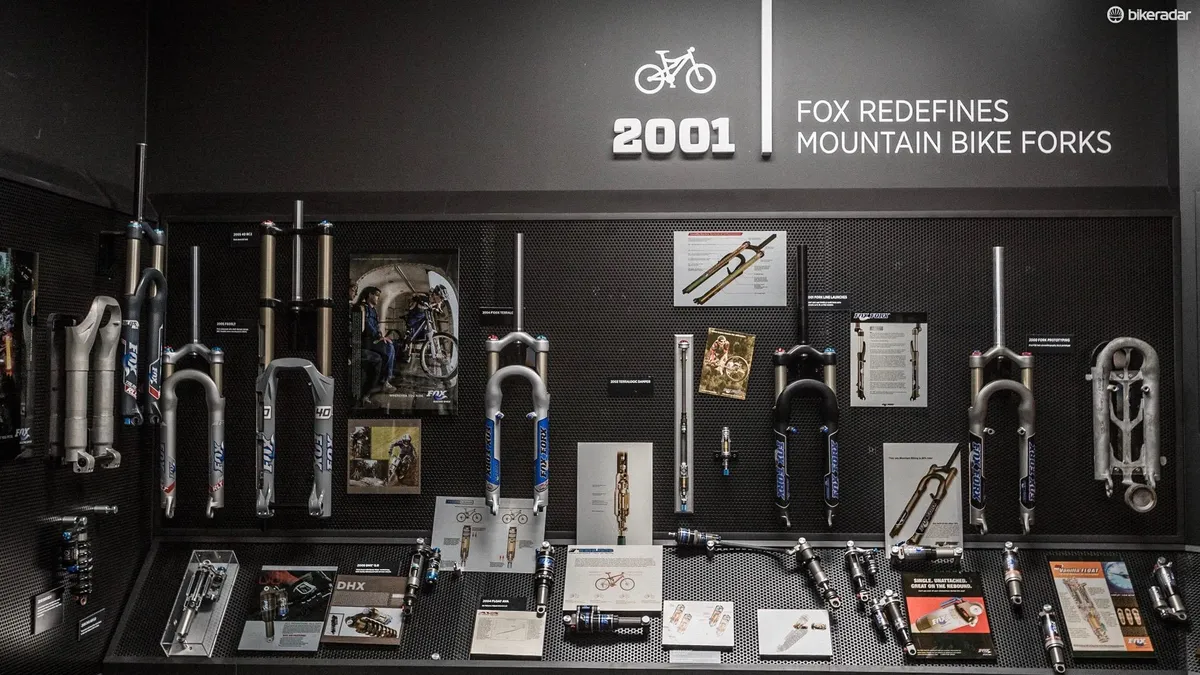
Total hack job
The new 3lb / 1.36kg (claimed) AX was built by demand of the people within the walls of Fox for their lunch rides and weekend excursions in the Santa Cruz mountains of central California.
As previously noted, the new AX is a re-purposed Step-Cast 27.5” chassis, and Fox staff were quick to admit that the shortest path from concept to commercial product was to hack existing product, and that’s just what they did.
Just like the parent fork that spawned the AX, the new model is a step-cast chassis with post-mount disc capabilities, a 1-1/2” tapered steerer with a 100x15mm thru-axle.
The damper is the top-spec FIT 4 offering with an EVOL (extra volume) air spring, Kabolt 15mm thru-axle for decreased weight, black anodized stanchions and Fox’s 3-position compression damping (open, medium, and lockout with blow-off) with micro adjust for the open mode.
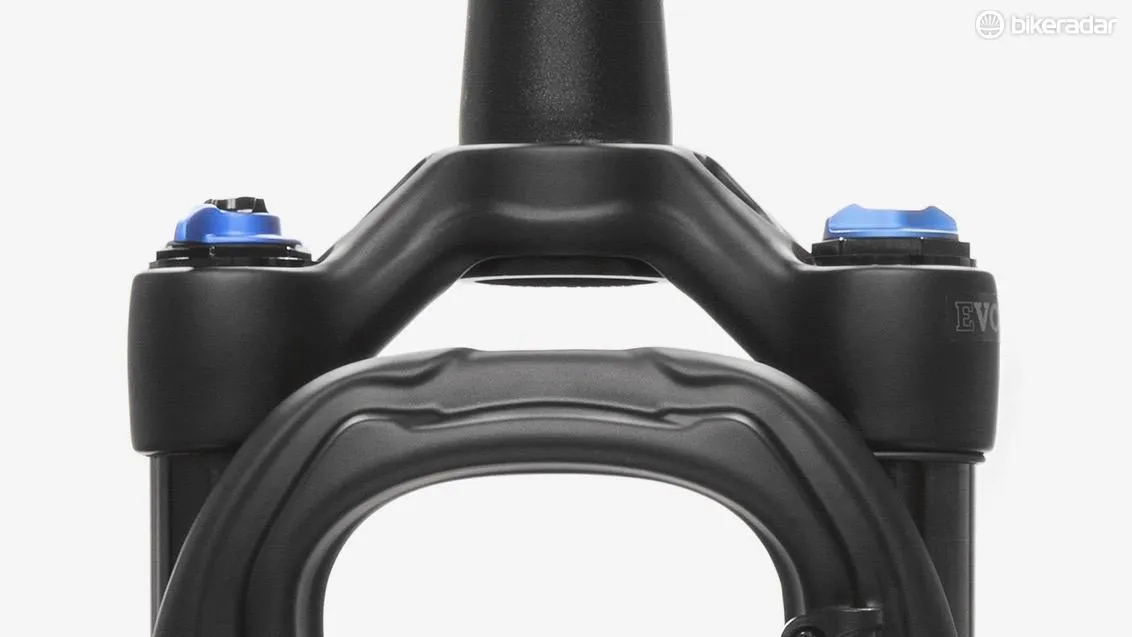
All three modes offered something unique – the open mode was great for tearing through the descents, the middle setting was an ideal slow-speed adjustment, and when hitting the pavement the lockout offered the efficiency of a rigid fork. Even the micro-adjust of the open-mode compression was easily perceptible.
Fox claims the fork can accept up to a measured 40mm tire. Interestingly, the limiting factor is actually the bottom of the steerer, as it will hang below the crown at full compression.
Too good to be true?
All sounds pretty ideal so far, but Fox Shox marketing manager Mark Jordan pointed out that there are certain limitations stemming from the ‘quick to market’ pathway.
For starters, the crown of the fork and the 3-position compression adjustment knob are unchanged and may not pass the clearance test of downtubes on current gravel bikes. For the launch event, Fox used Niner RLT RDO 9 frames, and all but the biggest size frame required the use of a 5mm lower headset race extender to create enough clearance in case the fork rotates violently in a crash. This is a potential deal breaker for some frames – or frame breaker, I suppose.
Later in May when the fork is available, Fox plans to have a microsite to help riders determine if their frame is compatible. The manner in which they hope to do this is through a printable template that mimics the fork crown dimensions – print it off and check for yourself.
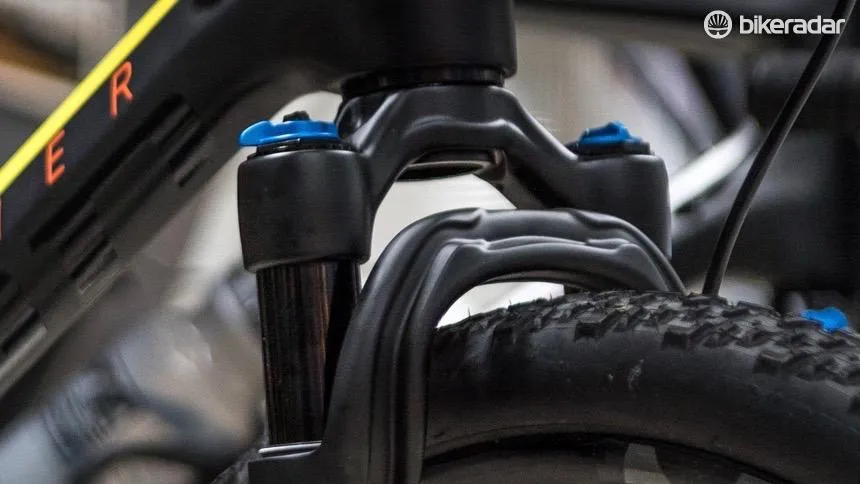
Another limitation is the fact that the fork has an axle-to-crown height of 427mm, while standard ‘cross and gravel bike forks are more in the 400mm range. This means you’re raising your frame stack, slackening the head tube angle, and even slightly changing bottom bracket height.
Jordan recommends starting with a 69-degree or steeper head tube angle on your existing bike before you go throwing one of the new AX forks on. If it’s slacker than that you’ll end up with a front end that’s simply not as maneuverable as it should be to manage tight terrain.
The 56cm Niner I rode comes stock with a 71.5-degree headtube and the team at Fox was pretty spot on. Had it been any slacker I feel like it would have suffered from handlebar flop and a bit of sloppiness in tight sections. But having a bit of slackness inspired confidence on the descents.
Deal breaker or deal maker?
Based on the admitted limitations in frame clearance and potential issue with geometry, are you prepared to be an early adopter? It all boils down to what’s in your backyard and what you prioritize – comfort, lightweight, being a traditionalist, being an early adopter, or something completely different?
There was an interesting saving grace as we dug further in to the product; it can be set up as 100mm with about $100 of aftermarket air spring parts. Yeah, that’s right, this fork could double as your cross-country fork and your adventure fork. Sure, it’s not something you’d want to swap often, but the opportunity is there is you so choose.
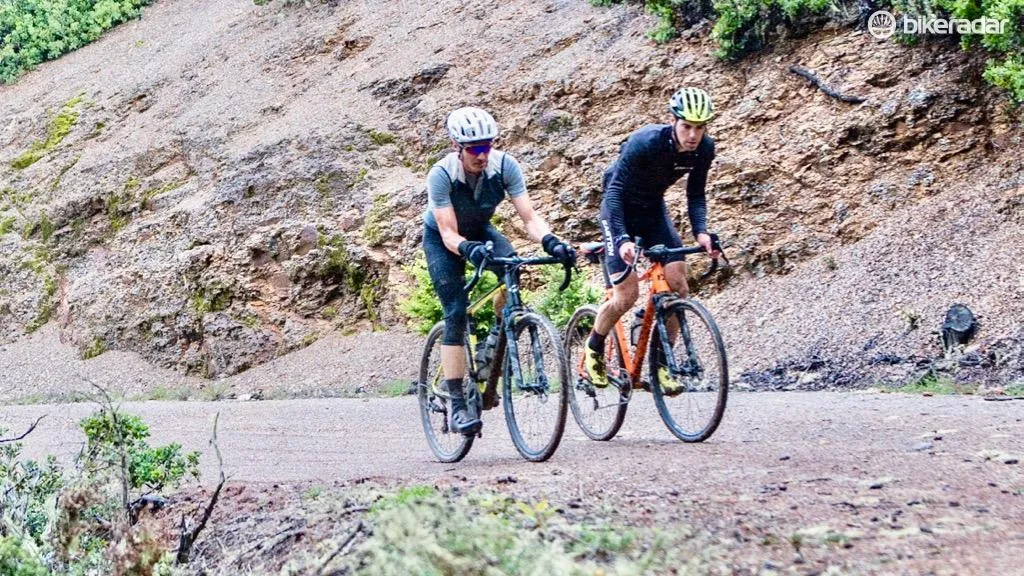
Purpose built
One of the best comments of the day came from recent Dirty Kanza winner Amanda Nauman: “any rider who’s finished a ride with more pain in their arms than their legs will appreciate this fork”. And she was right – Fox could have just as easily named this AX fork the WS (Wrist Saver). While 40mm doesn’t sound like much, there were two takeaways that I’m certain of: without the fork I’d have thrashed my wrists and shoulders, and I’d have also crashed on more than one occasion. Yeah, I could’ve slowed down and ridden the same trails, but getting to rip it left me grinning from ear to ear, and that was Fox’s idea in bringing the new AX to market.
The new fork will be available in May for $819 (UK pricing to come). It’s not up to us here at BikeRadar to decide if this is the right upgrade for your existing rig, but if you’ve got some nasty mixed terrain in your neighborhood that you’d like to hit on your gravel bike, you likely won’t be disappointed with the new Fox AX.
